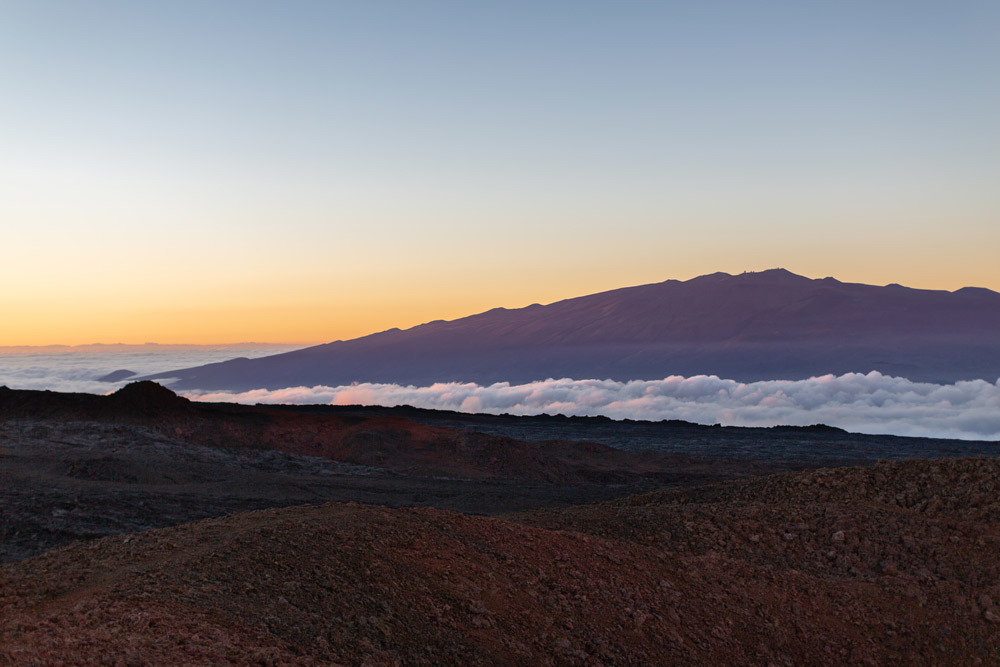Guide to Backpacking Mauna Loa Volcano
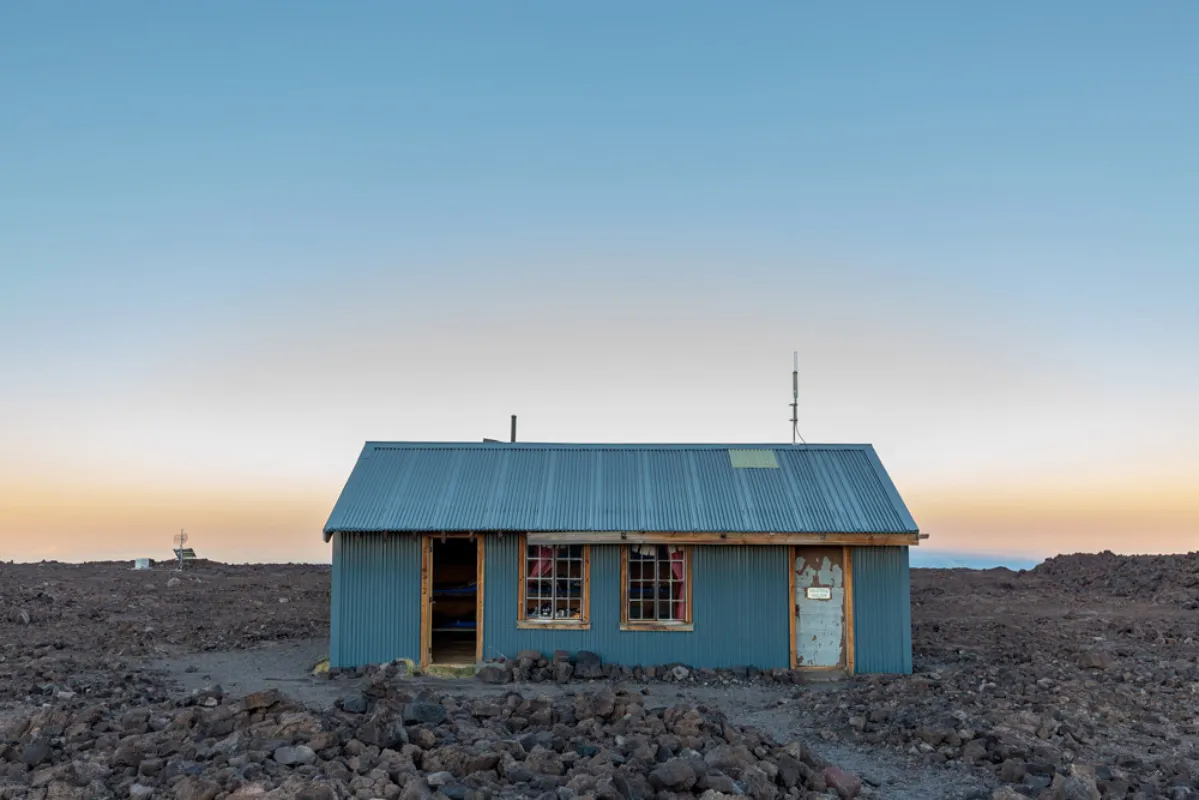
Photos by: Sean Michel, Owner, www.lumierevisuals.com
Activities featured in this post.
Post updated: November 05, 2024
When we started planning this trip we quickly realized this was going to be a monster of a trail. Everything we had read; such as internet posts, hiking guides, NPS pamphlets, etc. alluded to an incredibly challenging hike with rugged terrain. Friends who had done the trail in the past had reported that the high elevation (13,000+ft) had made some of the hikers in their group nauseous, dizzy, and fatigued. They had to turn around before reaching the Mauna Loa Cabin. After hearing this, and reading how difficult the terrain is, Joe, Sean, and I made an agreement that if anyone gets altitude sickness we were going to descend immediately.
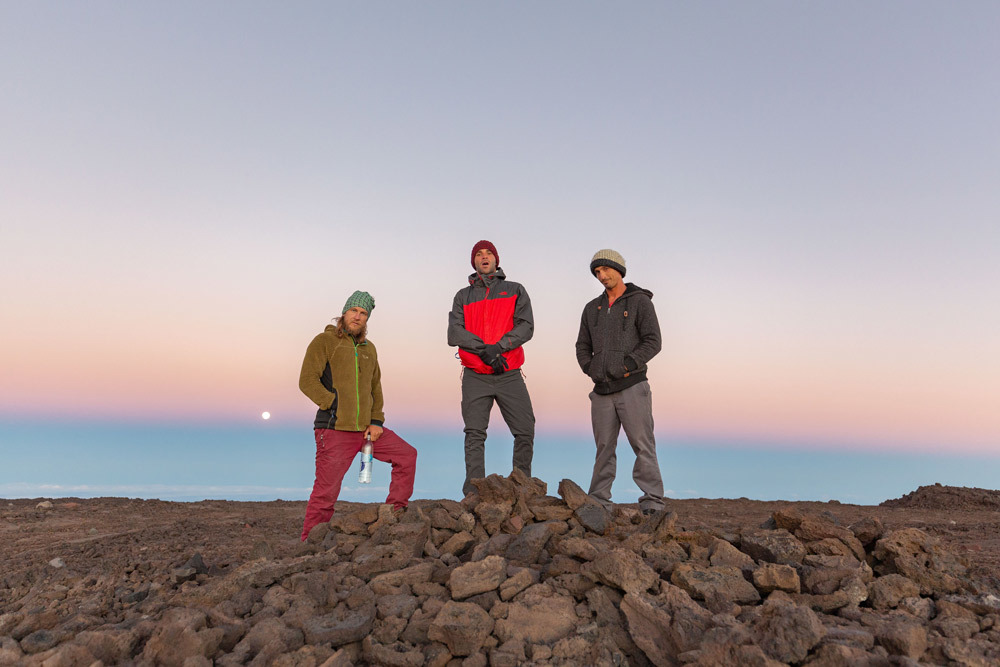
Our route was simple. We were going to start at the Mauna Loa Lookout in the morning and hike to Red Hill Cabin. Day 2 we would go from Red Hill to Mauna Loa Cabin. Day 3 back to Red Hill. And Day 4 back to the Lookout. It is a very straight forward in-and-out route. Here is our guide to backpacking Mauna Loa Volcano, Hawaii.
Mauna Loa Lookout —> Red Hill Cabin —> Mauna Loa Cabin —> Red Hill Cabin —> Mauna Loa Lookout.
We caught the first flight out of HNL. While flying into Hilo Airport we could see Mauna Loa (Long Mountain), the largest active volcano in the world, in the distance. Our flight landed in Hilo Airport around 6:00am. After picking up the rental car we went straight to Wal-Mart to pick up some last minute items. And then it was a 1 hour drive to the Volcano National Park to pick up our backcountry permits. Unless you have a yearly pass to the NPS, it is a $25 entry fee into the national park.
We picked up our back country camping permits from the backcountry office. It is a very simple process and only costs $10. The permit is good for up to 12 people and 7 nights. I recommend asking the Park Ranger how many permits are currently out and when they were issued to try and figure out where other hikers might be along the trail. This is because the the cabins are first come first serve. If the cabins are full and your the last one there…that means your sleeping on the floor.
Once we had our permit we then had to drive an hour up to the trail head at the Mauna Loa Lookout. At the lookout there are a few parking stalls, a bathroom, trash cans, and a covered area. We started up the trail.
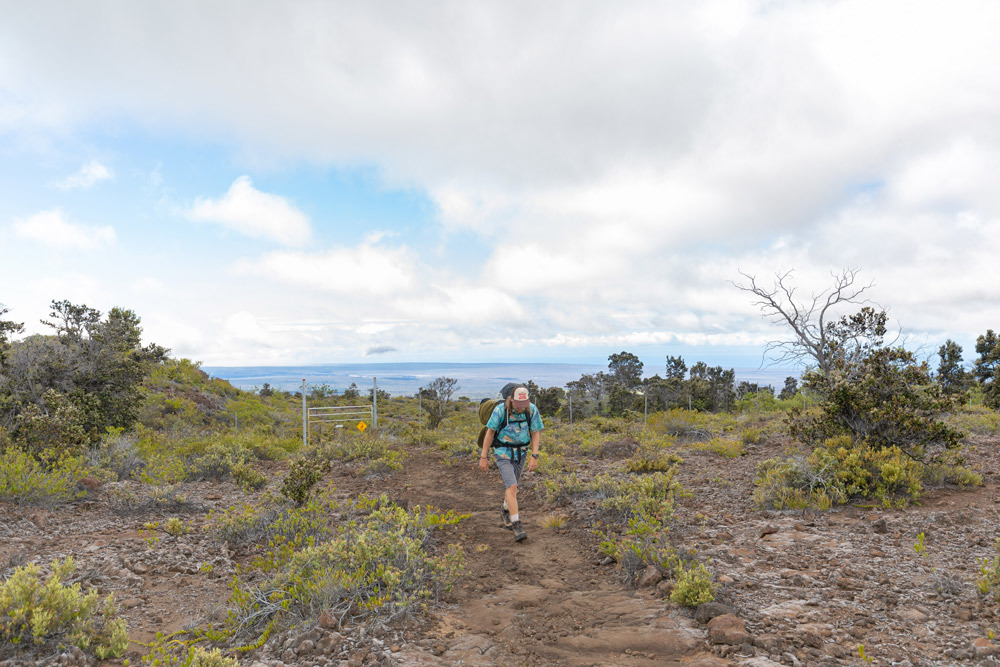
Mauna Loa Lookout: 6662ft - The beginning of the trail is steep but pleasant. We were in very good spirits and the time seemed to slip away. The first few miles of the hike are through sparse but native vegetation such as Ohia Lehua, Koa, and Ohelo Berry. There are a series of cairns to follow but they can easily be missed if not paying attention. While we hiked we were treated to a symphony of native bird songs.
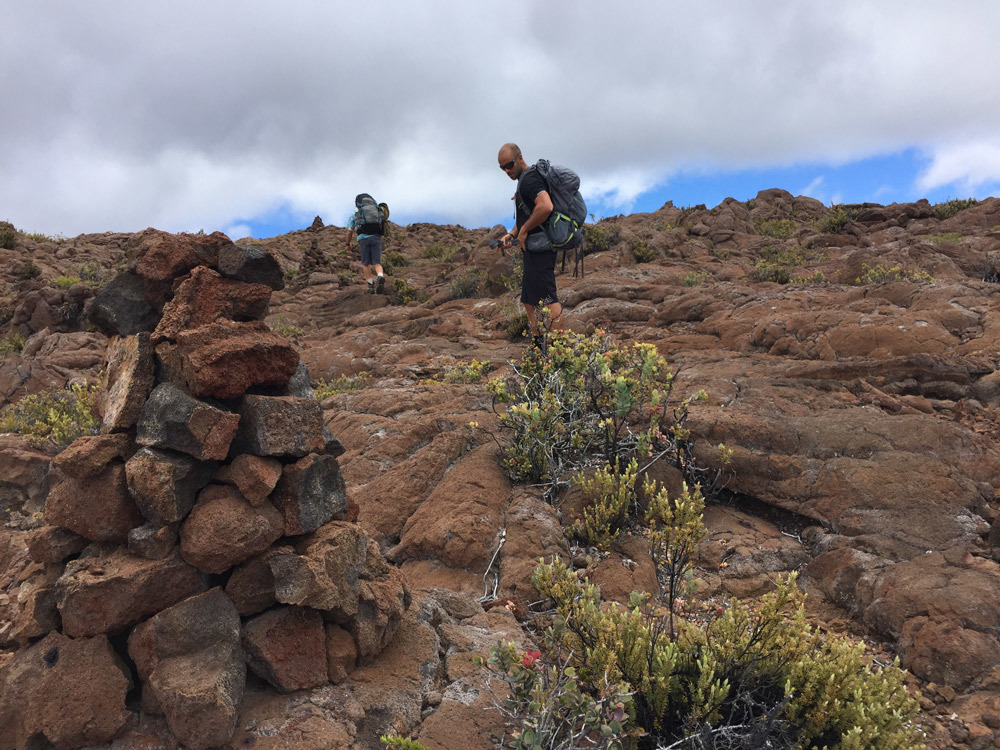
After about 3 hours of hiking, the landscape was now a desert of black volcanic rock of different shapes and sizes. A mixture of jagged a’a and pahoehoe flows filled the the view in every direction. As a cooling fog rolled in the mood went fell ominous.
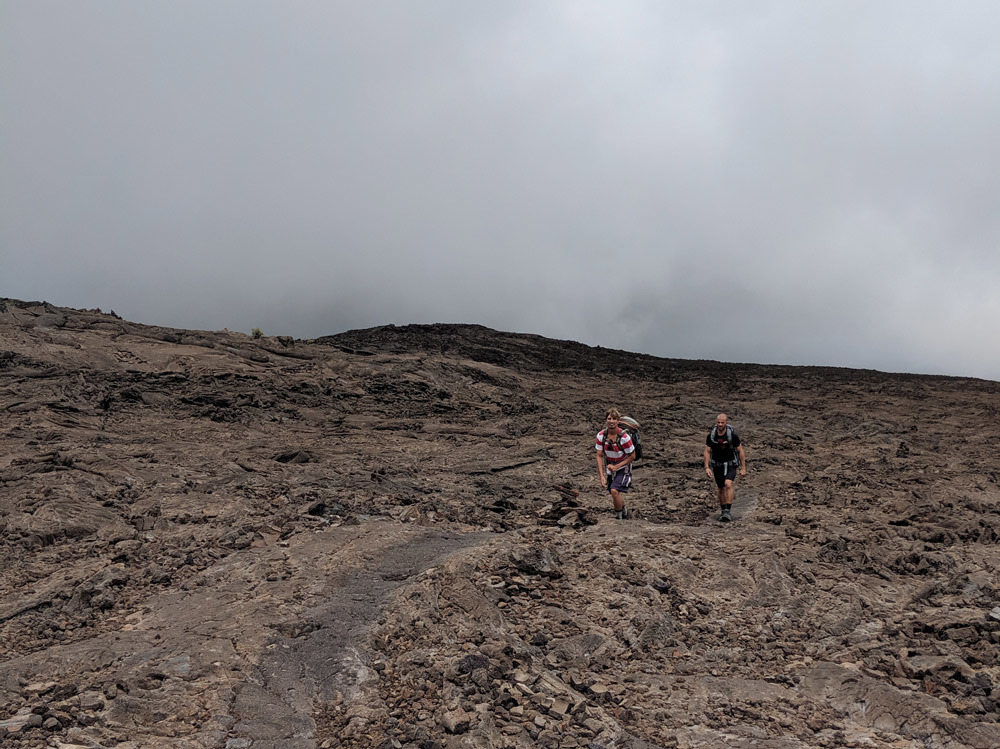
A few hours later we had broke through the clouds. We could now see the summit of Mauna Loa in the grand distance. The top was completely covered in clouds and we wondered if it would remain that way for the next few days. We planned on reaching the crater cabin by tomorrow afternoon. Would we be socked in and not be able to see the crater? It was a very likely and common possibility. But for now we pushed those unfavorable thoughts away, and celebrated as we made it to our first cabin at Red Hill. It took us a little over 6 hours.
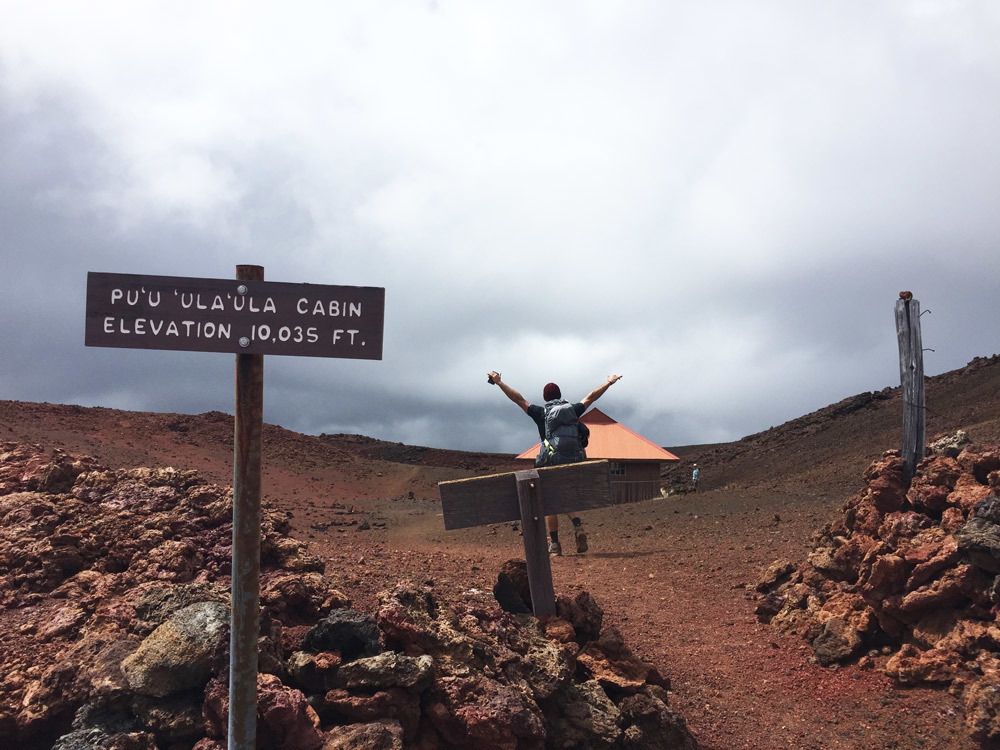
Red Hill Cabin: 10035ft: The cabin is a basic square frame and ply wood construction and features a nice covered porch. Inside the cabin there are 8 bunks with comfortable sleeping pads. When we arrived there were many extra sleeping bags to be used as blankets. The sleeping bags were left by previous hikers and not stocked by the NPS. There is no wood stove or cooking utensils. Behind the cabin there is a compost outhouse, with no toilet paper, and water catchment tank. The water needs to be treated before drinking. Plan to hike out all of your trash as there is a strict “Leave No Trace” policy. Also, do not consider building a camp fire as 1.) It is illegal, 2.) There is no wood anywhere, your on a barren lava desert.
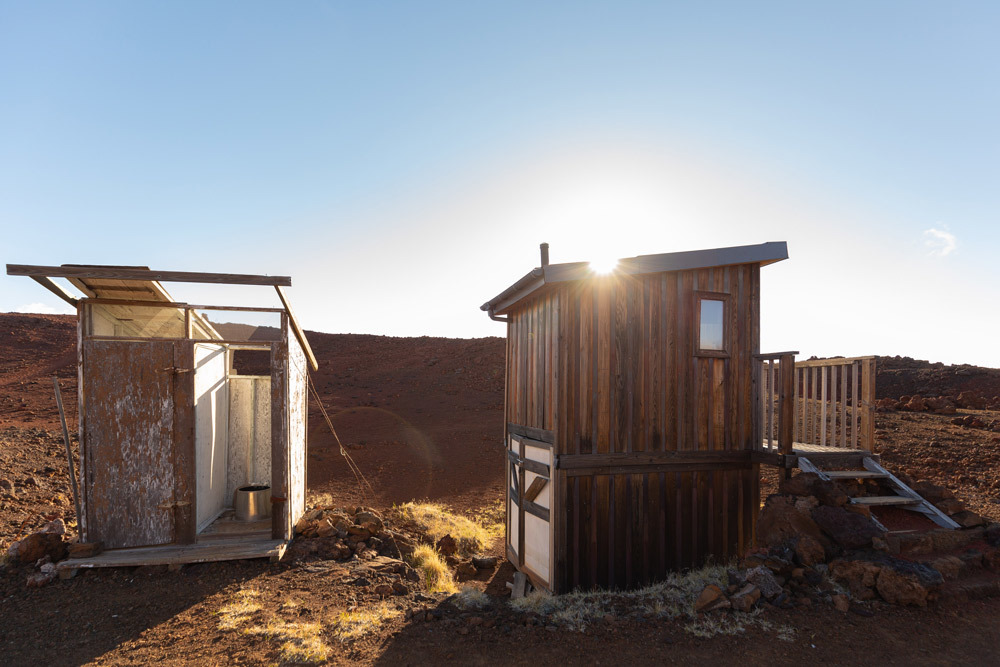
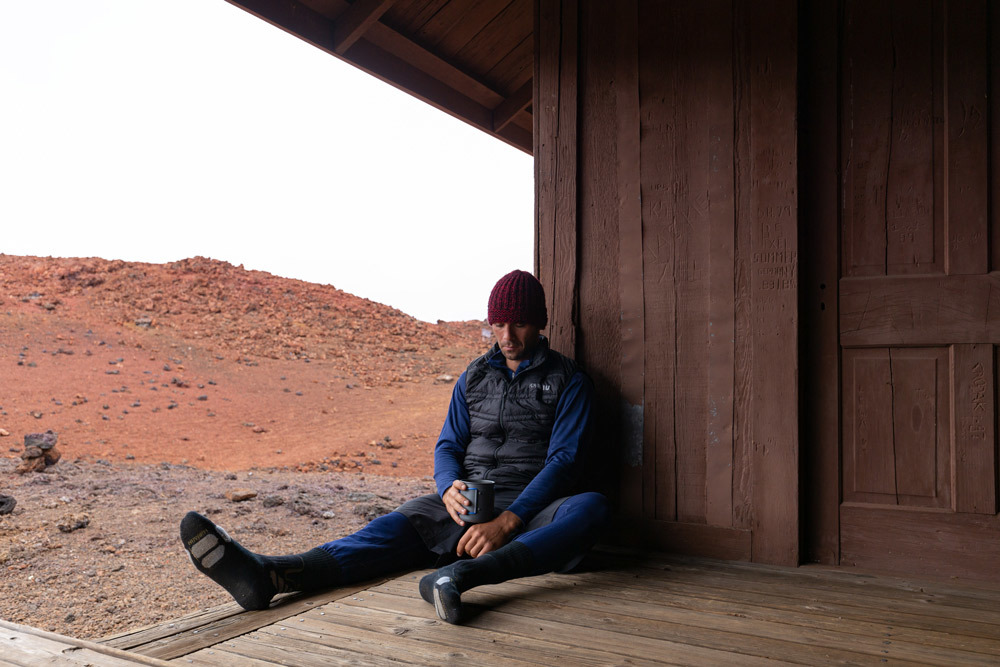
We hiked to the top of the red hill to watch the sunset. Being above the clouds gave us incredible hues of pinks, oranges, and yellow. It resembled a colorful blanket draped over the mountain. Across the island we could see the summit of Mauna Kea in detail. Mauna Kea Access road leading to the summit, the cinder cones along its flanks, and the telescopes on top were all very clear to us. After dark we played rummy and read from our books.
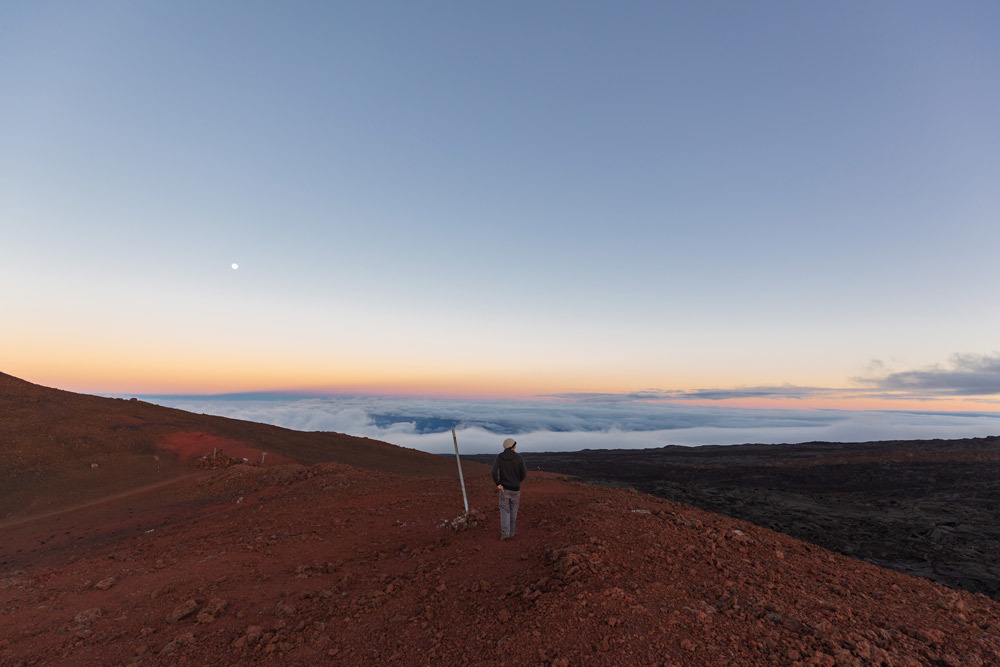
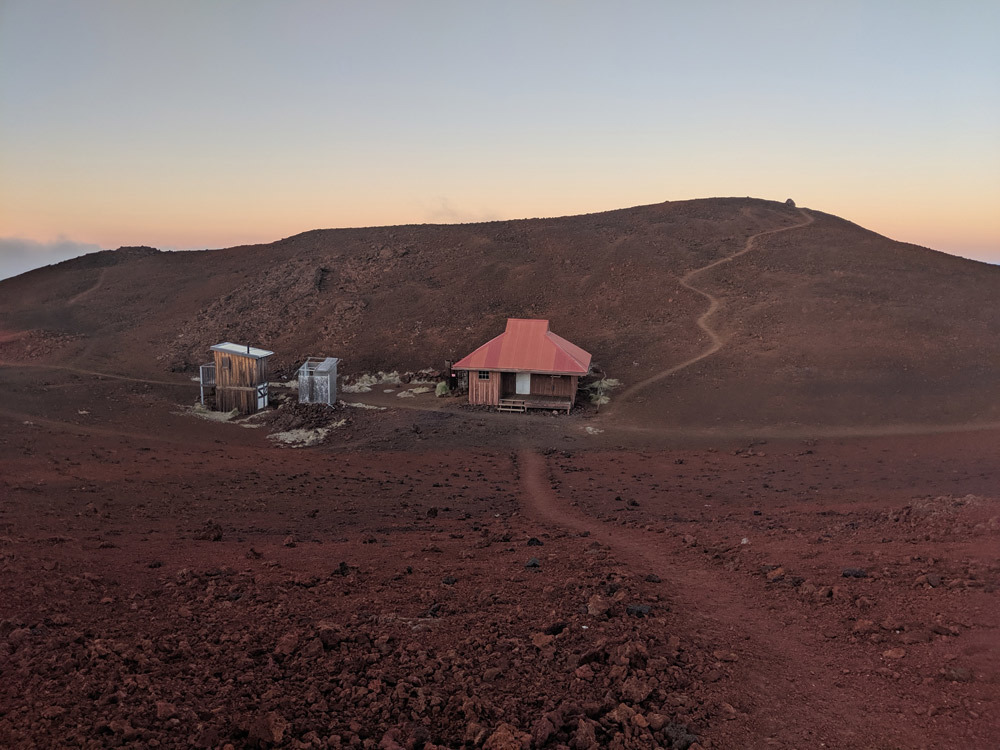
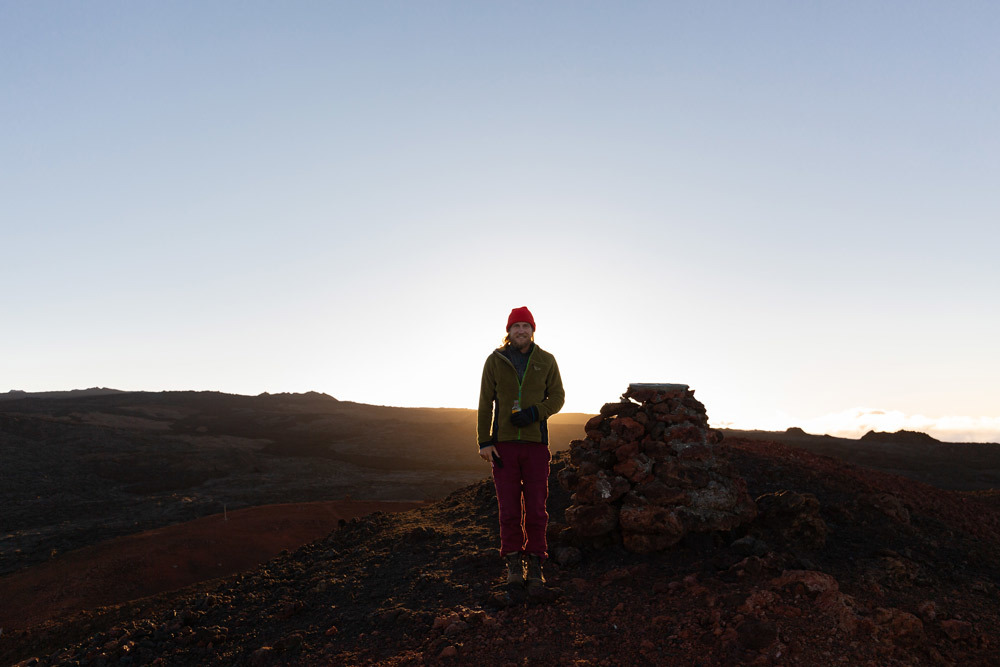
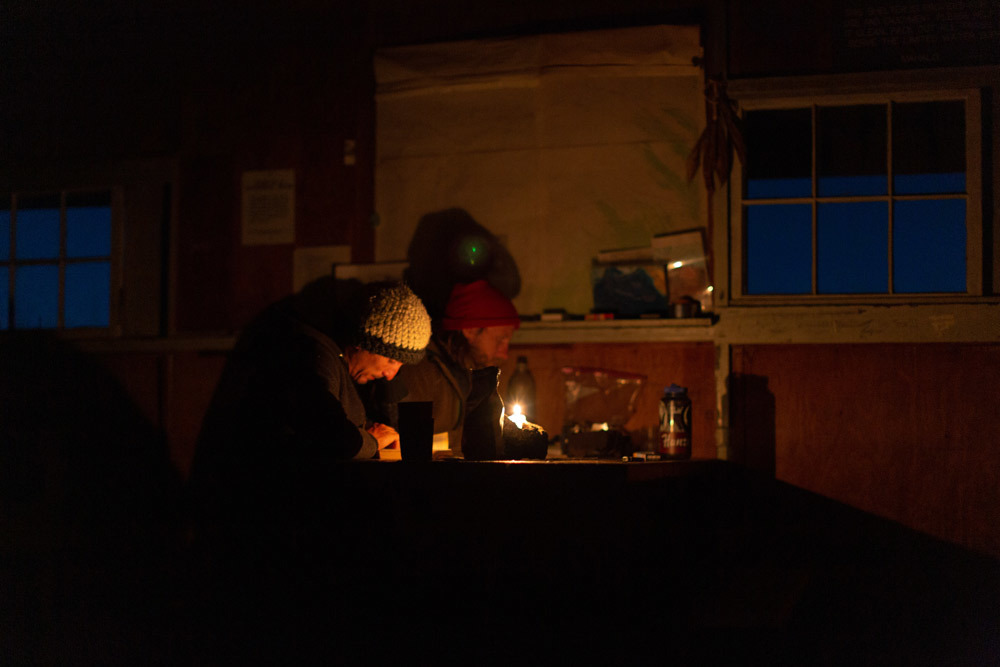
The next morning we had a light breakfast and talked quietly about what kind of pace we should set. Knowing that it was going to be the longest day of the hike we did not want to burn out too early. While we set an aggressive pace the first day, we knew the second day should be taken slowly but steady. We would be hiking 11.6 miles and gaining 3215ft. The last 2 miles were going to be above 13000ft and the air would be thin.
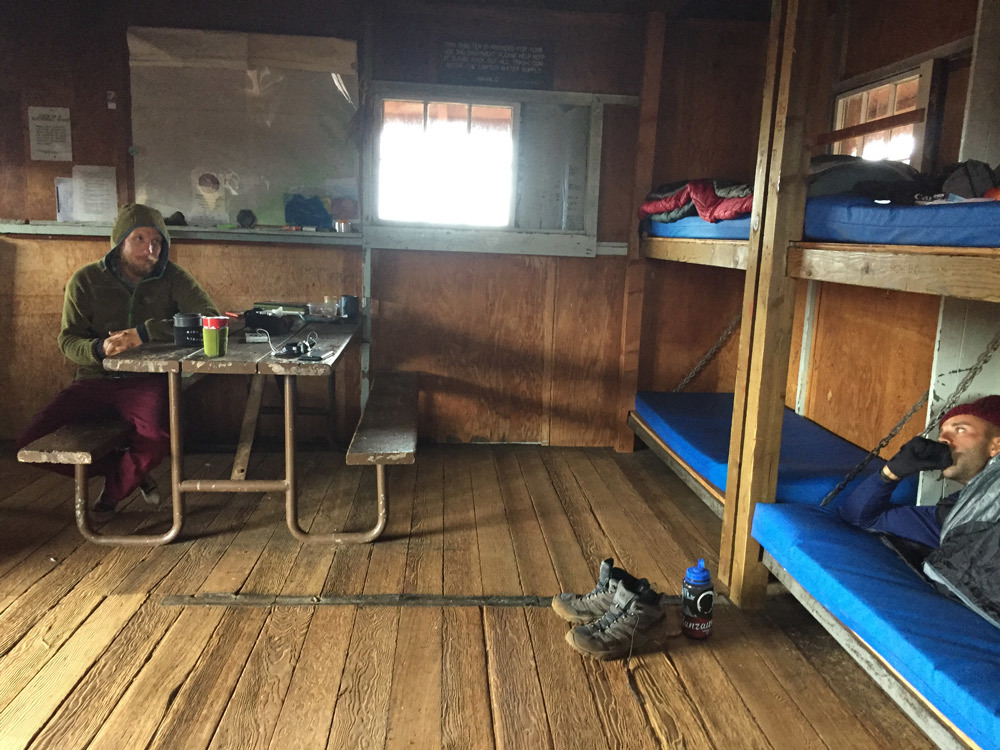
Throughout the day we were completely enamored by the landscape. We passed lava tubes, multiple cinder cones (Dewey Cone, Steaming Cone, etc), lava bombs, olivine sand deposits, and giant piles of Pele’s Tears. We frequently stopped to both replenish oxygen into our blood and to devour our alien surroundings.
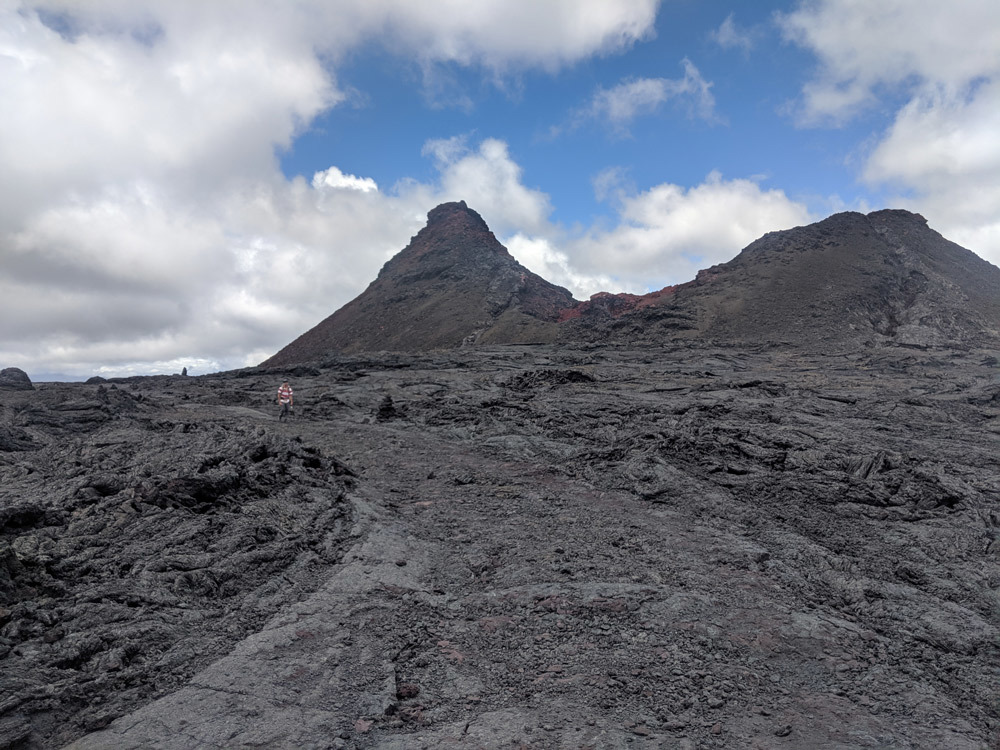
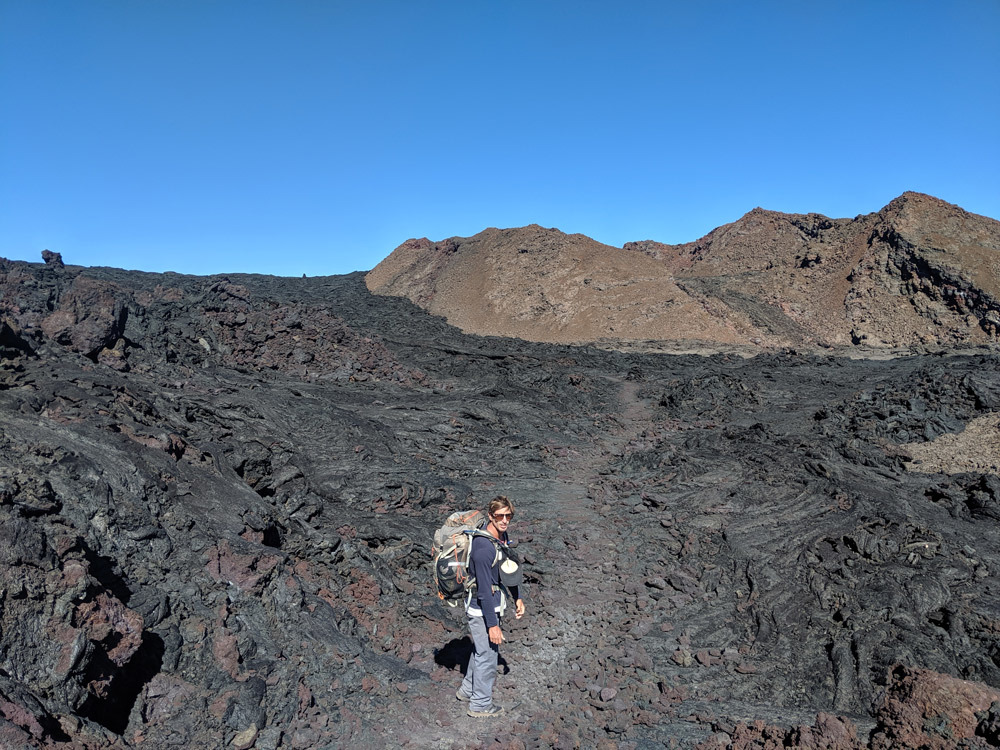
It was a clear afternoon when we reached the 9.5 mile mark. This is the important intersection in the trail. You must stay to your left and descend into the “North Pit” floor of Moku’aweoweo, the gigantic caldera of Mauna Loa. All of our concerns about being socked in had melted away. The final stretch was before us.
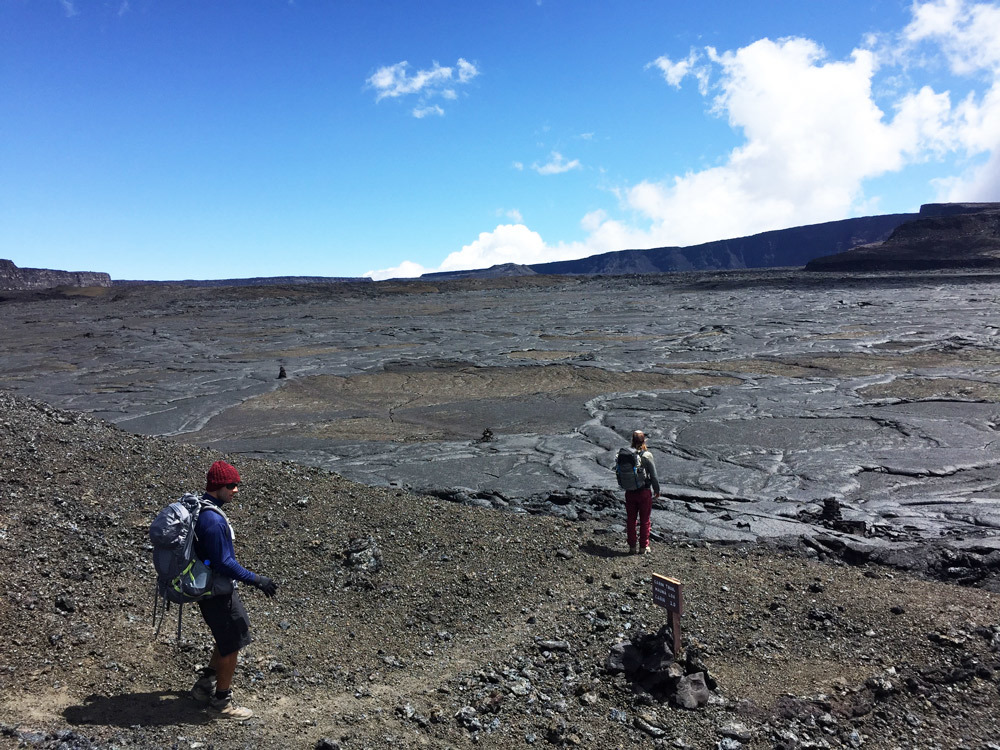
Ascending out of the North Pit we were greeted by the impressive Lua Poholo (n. Lua: pit - vi. Poholo: to plunge out of sight). We spent sometime resting and trekking around the rim of this abrupt depression.
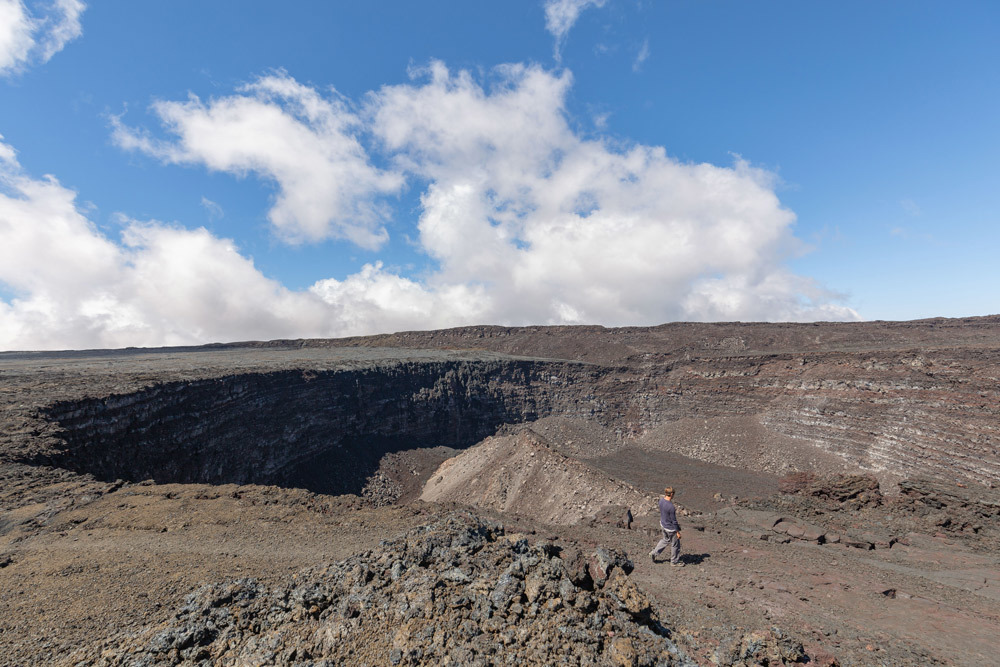
Mauna Loa Cabin: 13250ft - The final mile to the Mauna Loa Cabin is the hardest part of the entire trip. It is a rough a’a lava field with rocks varying from the size of your fist to the size of a basketball. The rocks roll under your feet with every step. It is impossible to do this portion of the hike at a fast pace. Couple this with the thin air of 13,000+ft of elevation and you will be moving at a crawls pace.
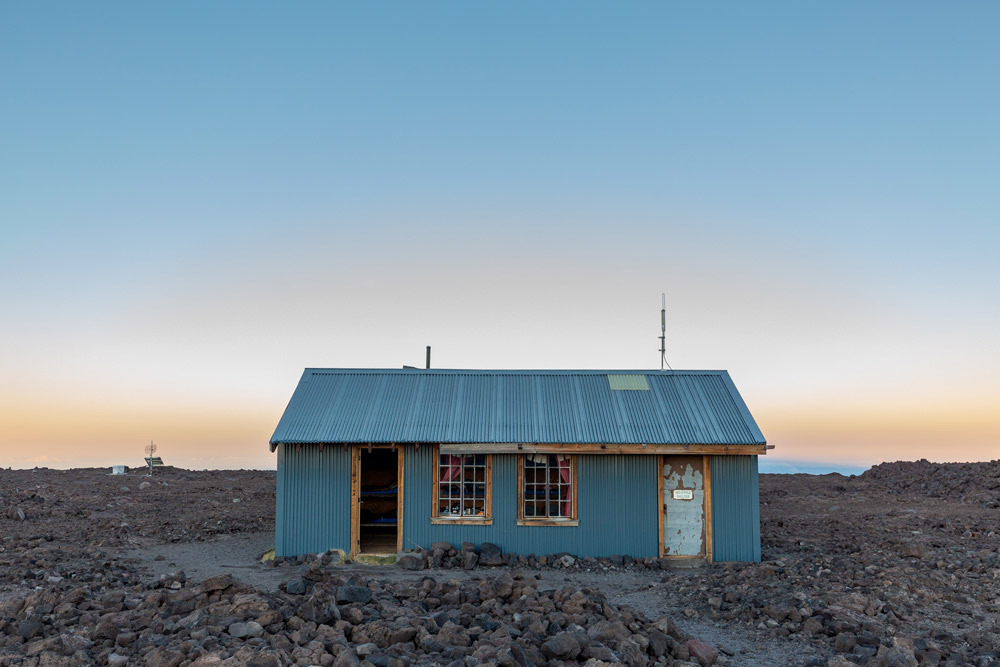
After 7+ hours of hiking we finally made it to the cabin. We were greeted with a nice afternoon breeze followed by a glorious sunset. The Mauna Loa Cabin is larger than the Red Hill Cabin. It can sleep 12 people. Previous hikers had left blankets, books, and even some nonperishable food. After a challenging day of hiking we quickly relaxing into our new environment.
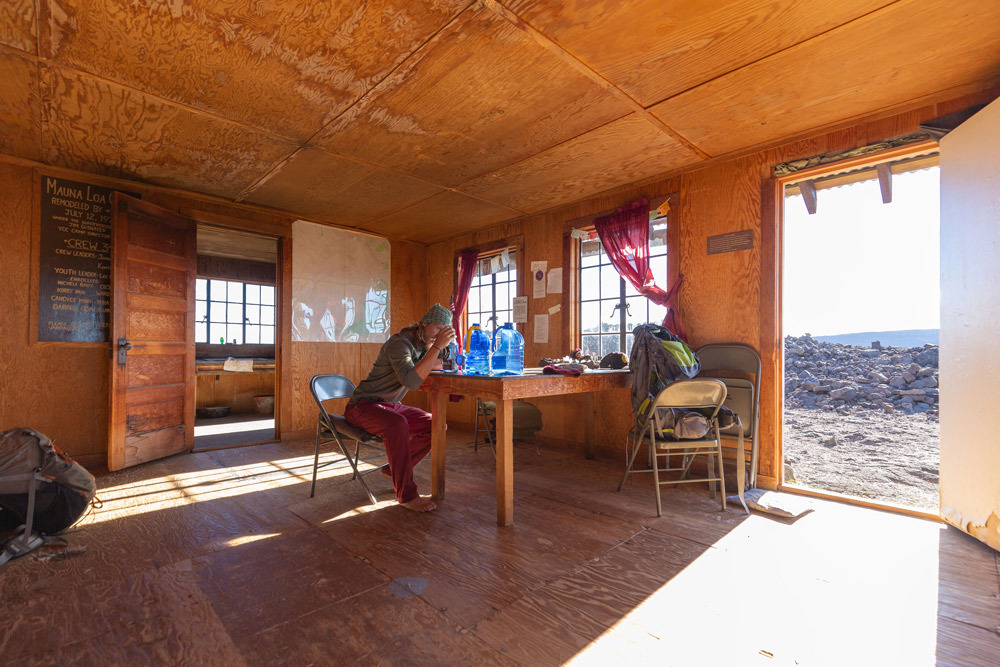
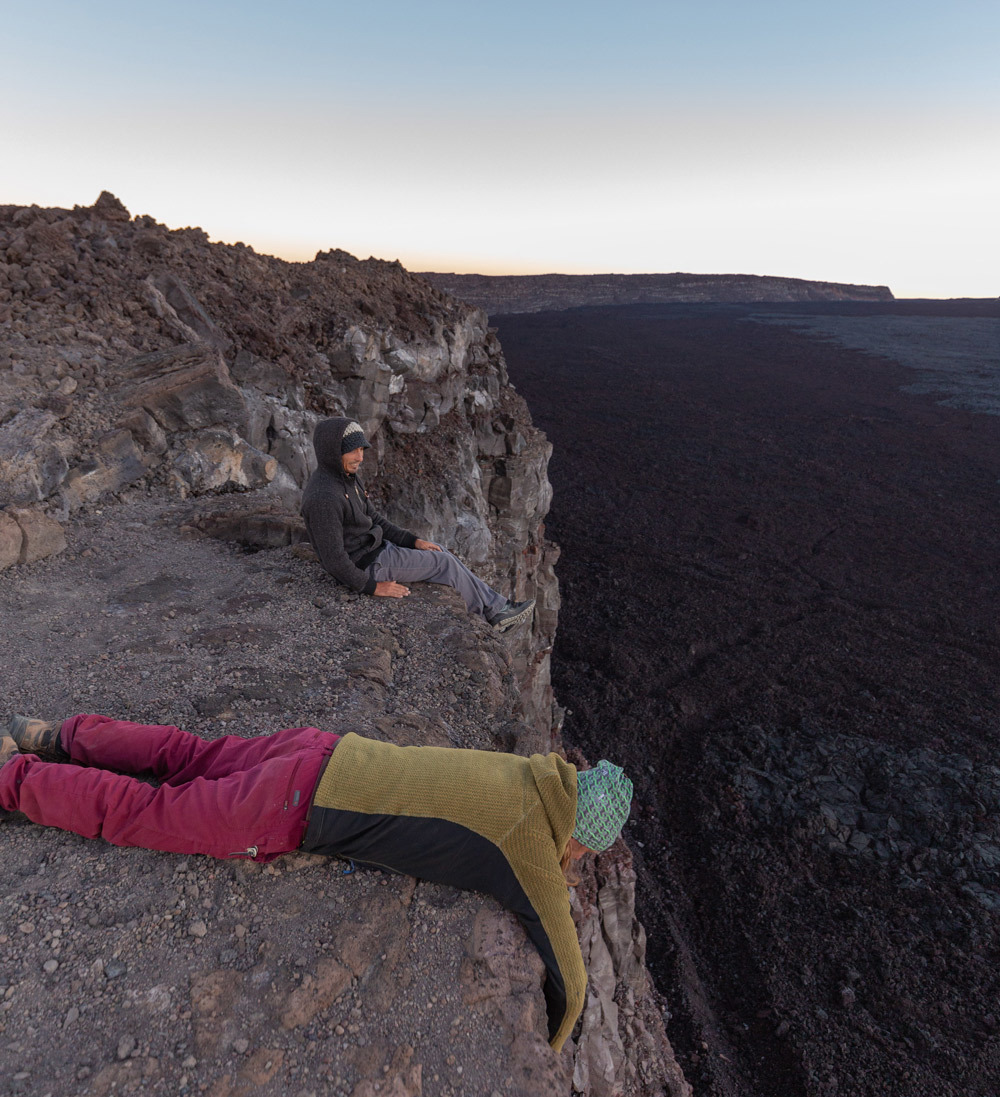
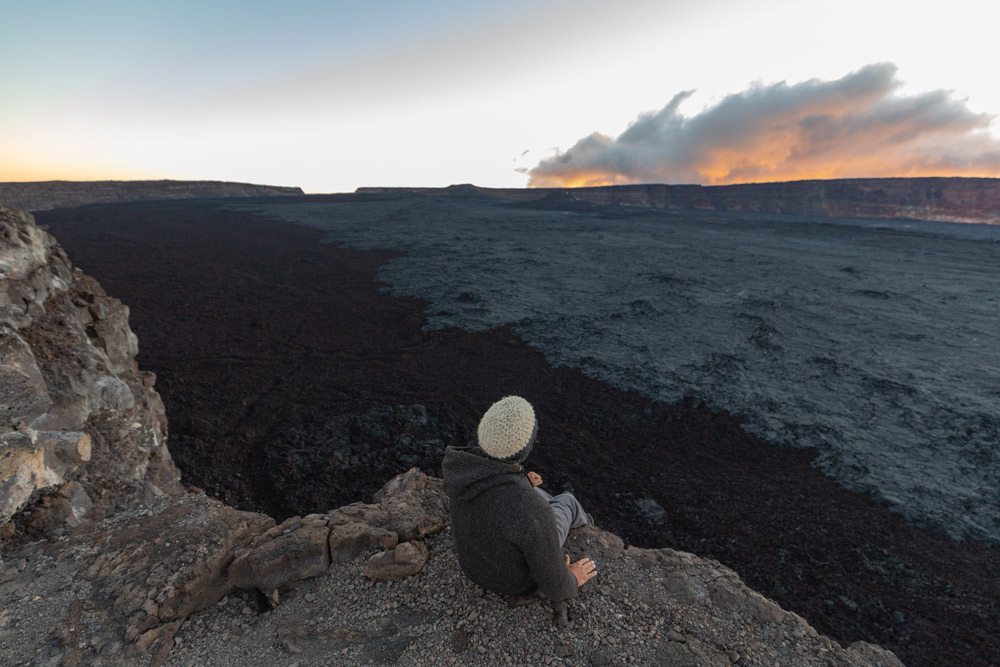
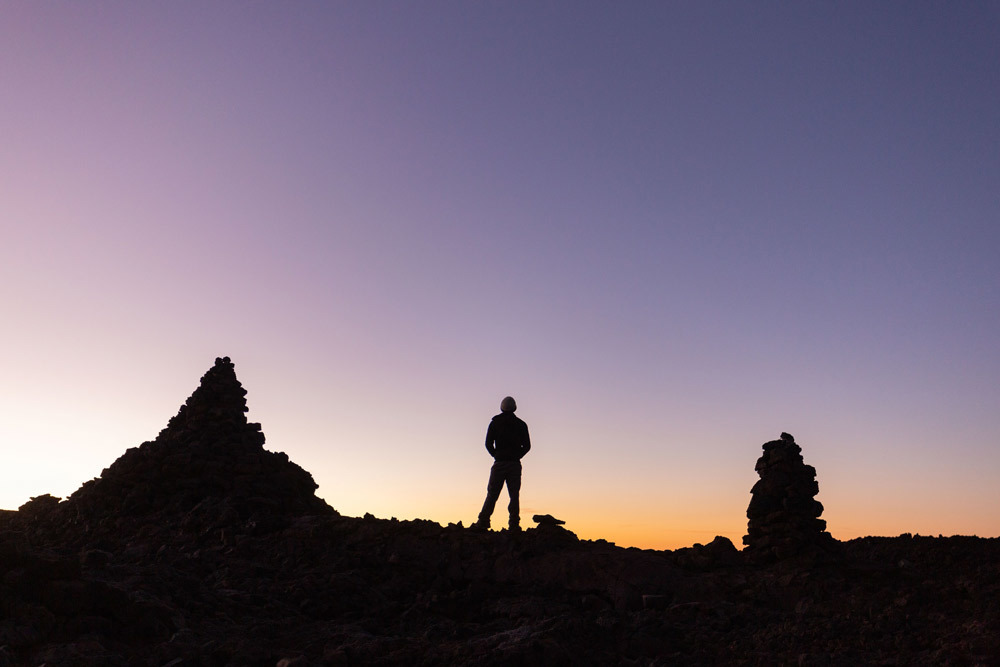
The final two days went by quickly. We descended at a fast pace and the trail was much more enjoyable. While the day before we were hot, tired, and sore, now we were enthusiastic and upbeat. We knew we had plenty of time to reach the Red Hill cabin for our last night so we made plenty of stops along the way. We acknowledged areas that the day before weren’t appreciated due to the head down, one foot in front of the other mentality. It was as if we were strolling through the park, stopping to welcome the beauty around us. We arrived at Red Hill in a little more than 4.5 hours.
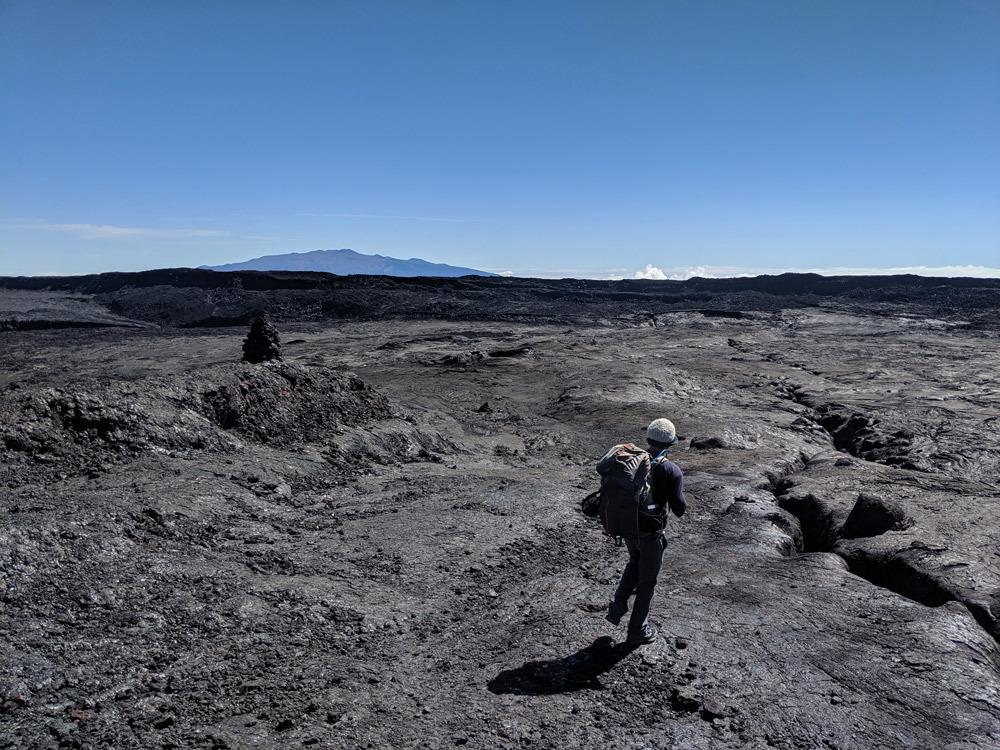
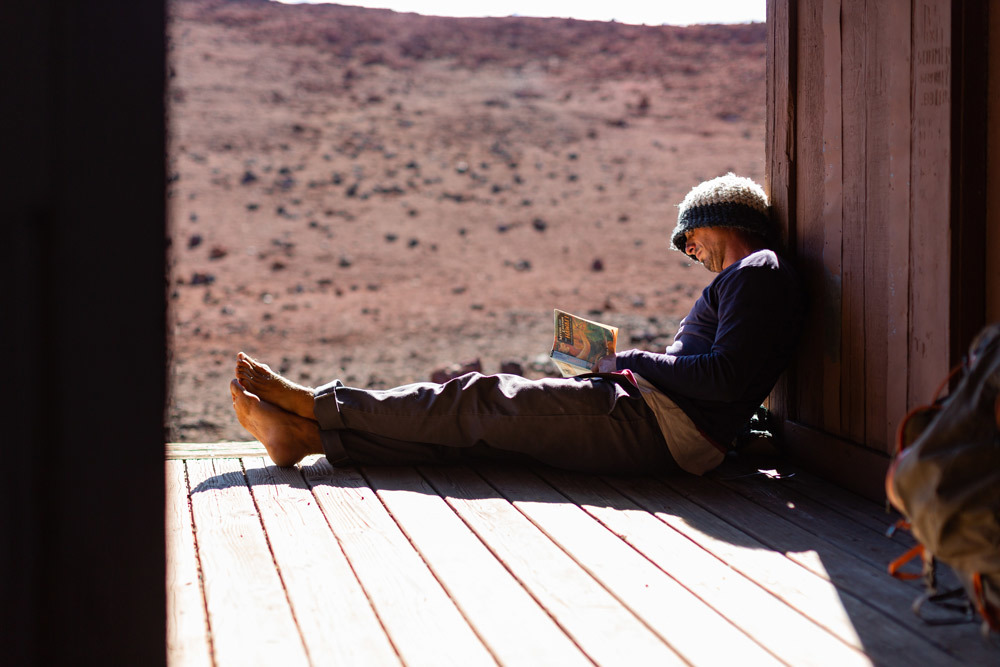
Our final day was only a few hours descending. Thoughts of a hot meal and a shower filled our heads. I blinked and we were back at the car. Mauna Loa Cabin and the Moku’aweoweo Crater were now just castles in the clouds.
